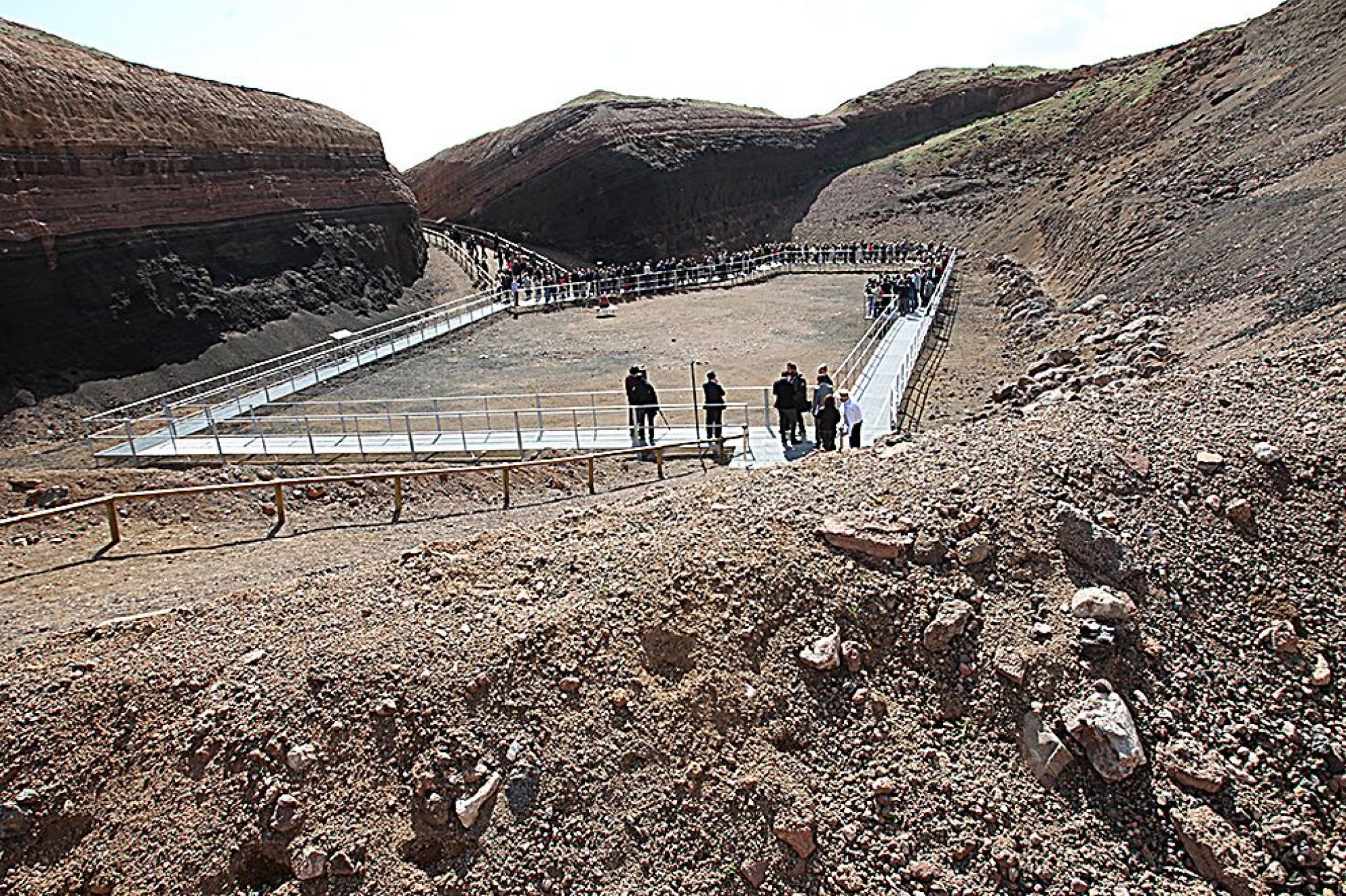Es un gran espacio con un alto valor desde el punto de vista geomorfológico y paisajístico, por el número y variedad de formas volcánicas que podemos descubrir, y con un gran interés desde el punto de vista científico, por cuanto nos ayuda a interpretar la historia geológica de nuestra tierra.
Con sus 3.550 ha. y más de una decena de formaciones volcánicas de interés, constituye la unidad volcánica más extensa y mejor conservada de finales del Terciario en la Península Ibérica, se extiende por el Campo de Calatrava histórico, zona casi central de la provincia.
Su interés especialmente reside en la variedad de edificios volcánicos y en la profusión de grandes aparatos volcánicos superpuestos o alineados según fisuras eruptivas, de erupciones tanto estrombolianas como hidromagmáticas, con conos piroclásticos con y sin coladas, maares de diversas dimensiones.
Quizás sean las formas derivadas de actividad freatomagmática, las que más han contribuido a modificar el paisaje de este espacio, al abrir numerosas depresiones explosivas, muchas de ellas ocupadas por lagunas de carácter estacional.
El grado de conservación natural de las unidades volcánicas presentes en este espacio natural protegido, es bastante bueno, ya que aún no están excesivamente erosionadas, y es posible reconocer perfectamente todos los elementos estructurales: cráteres, coladas, anillos de tobas y maares. La explotación minera de algunos de los conos volcánicos es el mayor peligro que actualmente tiene este espacio natural.



